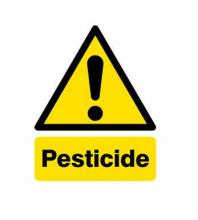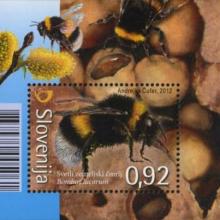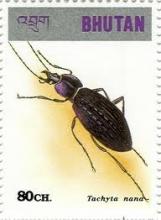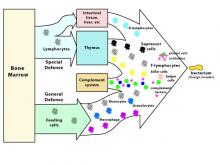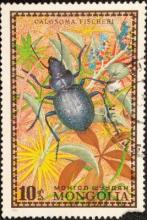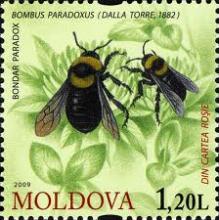Special Issue on the Toxicology of Pesticides in the Journal of Environmental and Analytical Toxicology
Since the mid-1960s, environmental toxicology focussed on the effects of bioaccumulation of organochlorine insecticides in organisms, and their consequences for populations of species in the wild. Prompted by the release of Silent Spring, scientists sifted focus to the ecological effects of pesticides, thus expanding the narrow field of pesticide toxicology that had been restricted to its effects on pests, weeds and pathogenic fungi since its beginnings. The ensuing decades will witness a tremendous gathering of data related to the toxic impacts that insecticides, herbicides and fungicides have on organisms and ecosystems. Despite these efforts, our understanding of the mechanisms of toxicity at different levels of biological organisation has not kept abreast with the overwhelming progress experienced in the development of new pesticides. While chemical companies introduced new plant protection products in the market at a staggering pace, environmental toxicology has trailed behind.

